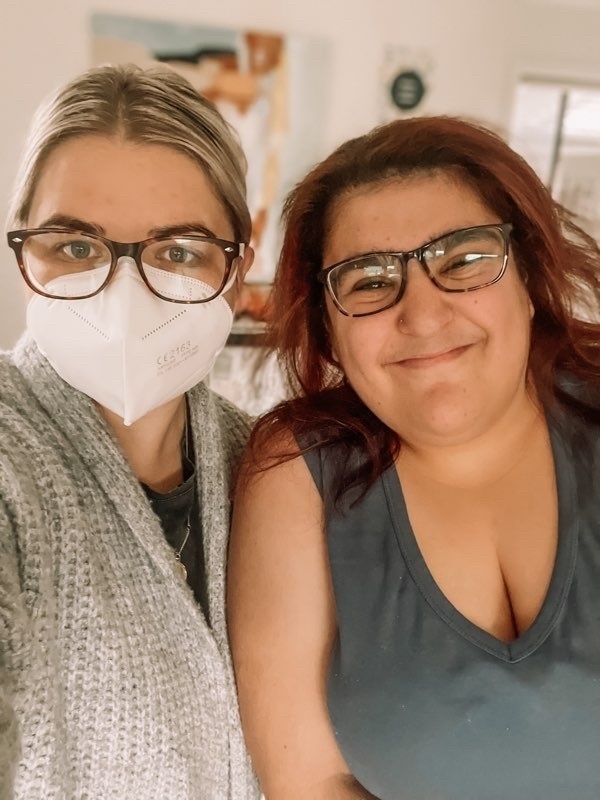Better Together – Simple life lessons with big impacts – Larissa & Natalie
Larissa has been gently encouraging Natalie (or as Natalie would say ‘bossily’ telling her) to have a look at her spending habits and find a better routine day to day.

In order to move into a shared home with disability supports, you need to find a suitable house and also secure suitable funding.
One type of funding you need is Specialist Disability Accommodation (SDA). Not sure about whether you would qualify for SDA funding, or whether it’s right for you?
Here, we explore how SDA funding works and how you can start your journey in finding the right home.
Remember, at any point in your journey towards securing funding or finding a home, Scope is here to help answer any questions.
SDA funding is money towards a bricks and mortar home for you to live in. It exists to help people who have extreme functional impairment or high support needs live as independently as possible.
There are four types of homes available with SDA funding, depending on your needs. These are known as Design Categories, and include:
All you need to know at this stage is that the NDIA will assess the SDA application and determine which category of home is right for you based your individual support needs.
To qualify for SDA funding from the NDIS, you need to meet the following criteria:
In other words, you need to demonstrate that your request for SDA funding is reasonable and necessary to help improve your independence, quality of life, and wellbeing.
You’ll usually show this through getting an occupational therapy assessment highlighting your NDIS housing goals, and how the ‘bricks and mortar’ home will prevent long-term health deterioration and assist in building your capacity.
Your first step is to get a Housing Assessment Report. Your occupational therapist will do a comprehensive assessment (which typically takes between 12 to 15 hours) to work out whether you’re eligible for funding and what type of home best suits your support needs.
As well as the Housing Assessment Report from the occupational therapist, it’s a good idea to include additional supporting documents such as:
Once you have all the documentation ready, you can apply to the NDIA. Your Support Coordinator should be able to help.
If you don’t have a Support Coordinator, you can complete the Home and Living Supporting Evidence Form and provide this, along with your supporting documents, to the NDIA. You can do this by email, postal mail, or in person at a Local Area Coordinator or NDIS office in your area.
After you’ve applied to the NDIA for SDA funding, you can register your interest with us, and we’ll keep you updated about future home opportunities.
Whether you’re looking for a new build opportunity or prefer to move into existing disability accommodation, contact us and we’ll put you on our waitlist to get in touch if anything that suits your needs comes up.
If your application for SDA funding is approved by the NDIA, then it’s time to start looking for a house. Scope’s Vacancy Coordination Team can help you on this journey. If we don’t have the right vacancy now, we’ll work together with SDA providers in your journey to finding the right home.
Whatever the case, we will work with you to find the right house for your needs. We’re also here to answer any questions you have along the way.